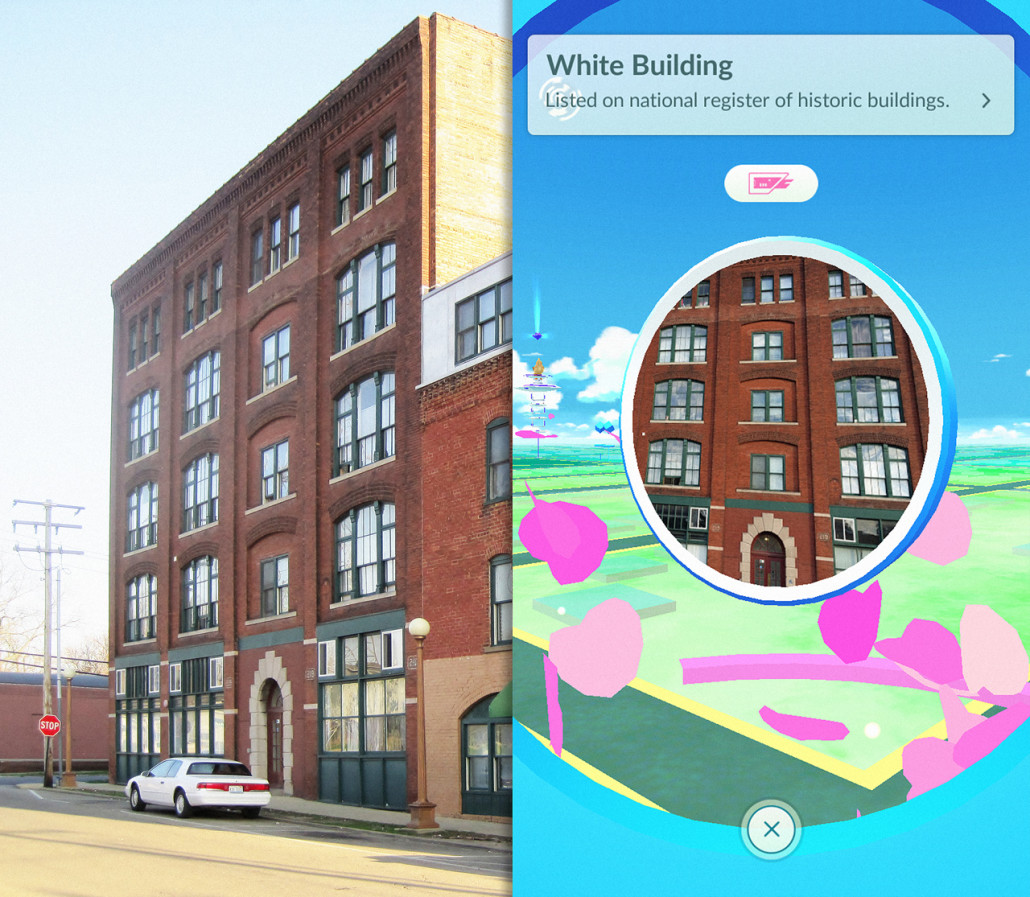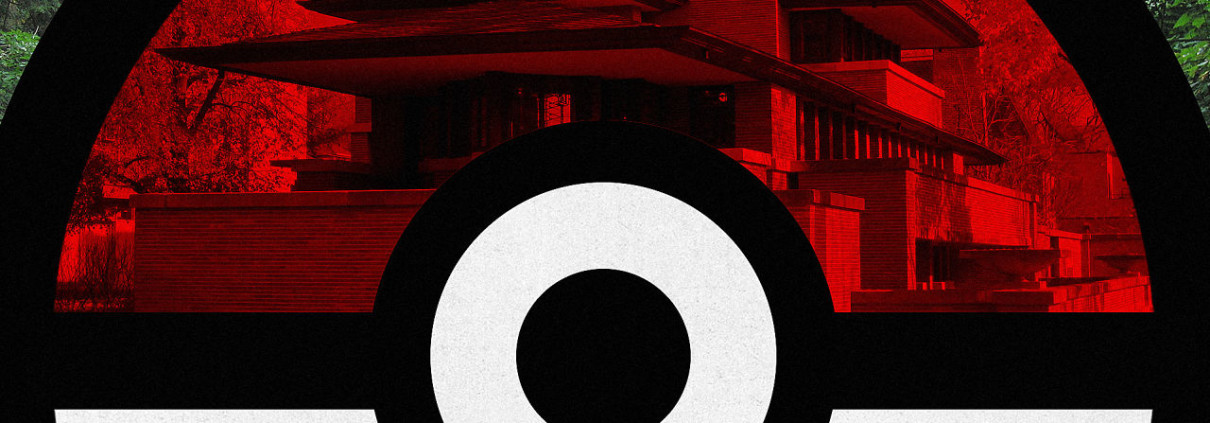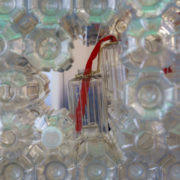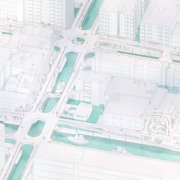Learn About Your City's Architecture By Playing PokémonGo
(via FastCoDesign)
![Photo: Flickr user Teemu008]](/wp-content/uploads/3061718-poster-p-1-how-pokemon-go-is-bringing-history-and-architecture-to-the-masses-1030x579.jpg)
Photo: Flickr user Teemu008]
Mark Wilson 7.12.16 | 7:00am
I’m eating a physics-defying cracker-crust pizza in Bloomington, Illinois, at a local favorite spot, Lucca Grill. I know the pizza well, but nothing else about the area. I’m only here as a quick pitstop on the way back to Chicago from a family reunion downstate.
And that’s when my I get the itch. I need more Pokémon. So I load Pokémon Go to see if there’s any monsters to catch in the area. (Okay, that’s a lie. I’ve already had it loaded. It hasn’t not been loaded in the past 48 hours.) As it happens, the bar is dry, but just down the street, there’s a Pokéstop (a place where you can check in to get free power-ups). And for some reason, that Pokéstop is raining flower petals. It’s special, and I don’t know why.

Photo: Flickr user Teemu008
So I make my way down a quiet side street to explore on foot. And that’s when I come across it: the White Building. It’s an anomalously striking historic landmark, built in 1894, five stories of immaculately preserved commercial loft space, built bySamuel R. White, the same contractor who would construct many buildings for the Pullman Palace Car Company.
You won’t find the White Building on Google Maps or Streetview, but it is inPokémon Go. I collect three Pokéballs as I experience this little piece of Illinois history.
I wasn’t alone. In our collective hunt for silly cartoon monsters, Pokémon Goplayers are discovering history and architecture left and right. Users described their discoveries over the weekend, from Korean pagodas, to a Donner Party memorial in California, to the urban landscape of Perth at night, all documented on Twitter.
This is very much by the game’s design. Before Pokémon Go had any Pokémon in it, it was a location-based, turf-claiming game called Ingress. As John Hanke, VP of Niantic Labs, told the Guardian in 2014, he “wanted people to look around with fresh perspective on the places they passed by every day, looking for the unusual, the little hidden flourish or nugget of history.”
That’s why Pokémon Go is loaded with so many Pokéstops at impressive buildings, street murals, and historic landmarks. Many were sourced from Google Maps data, while the rest were submitted and peer-reviewed by Ingress players over a course of four years. You can read about the criteria for inclusion here, which includes an emphasis on locations with “a cool story, a place in history, or educational value” and “unique architecture.”
(via FastCoDesign)


 ©Rolex/Tina Ruisinger
©Rolex/Tina Ruisinger 






